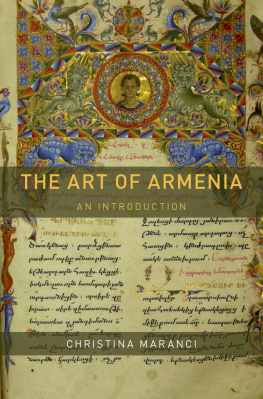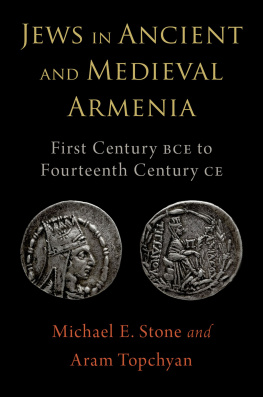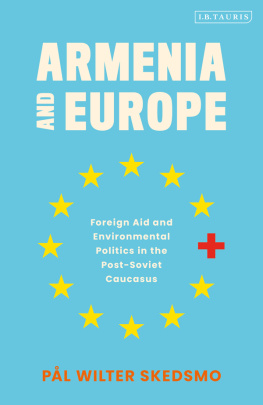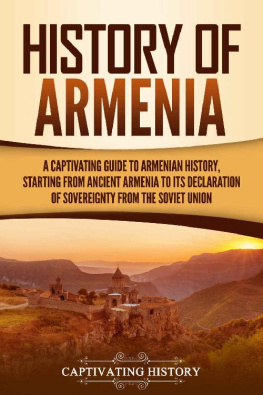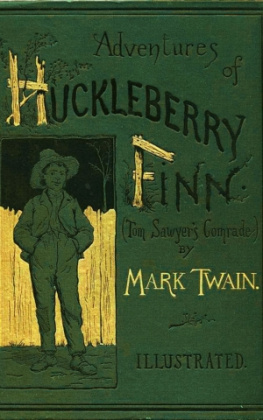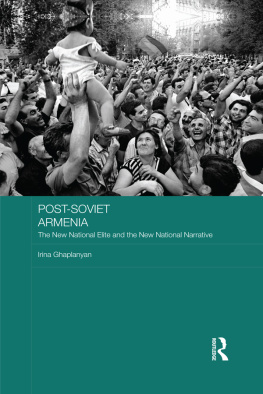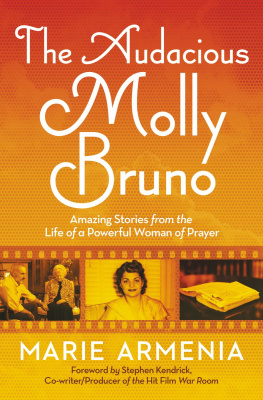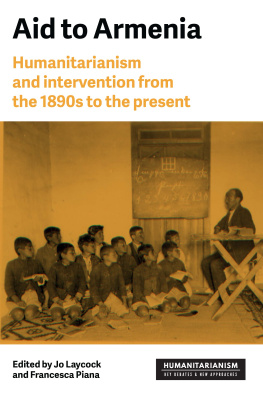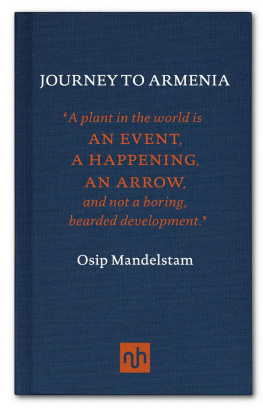The Art of Armenia

Oxford University Press is a department of the University of Oxford. It furthers the Universitys objective of excellence in research, scholarship, and education by publishing worldwide. Oxford is a registered trade mark of Oxford University Press in the UK and certain other countries.
Published in the United States of America by Oxford University Press
198 Madison Avenue, New York, NY 10016, United States of America.
Oxford University Press 2018
All rights reserved. No part of this publication may be reproduced, stored in a retrieval system, or transmitted, in any form or by any means, without the prior permission in writing of Oxford University Press, or as expressly permitted by law, by license, or under terms agreed with the appropriate reproduction rights organization. Inquiries concerning reproduction outside the scope of the above should be sent to the Rights Department, Oxford University Press, at the address above.
You must not circulate this work in any other form and you must impose this same condition on any acquirer.
CIP data is on file at the Library of Congress
ISBN 9780190269005
eISBN 9780190935887
{ Contents }
As the title suggests, this book is intended as an introduction to Armenian art. It is not a comprehensive survey: an older but excellent study, Jean-Michel Thierry and Patrick Donabdians Armenian Art (1989), serves that function. That book, as well as Sirarpie Der Nersessians eponymous 1979 volume, discusses many of the works addressed here, and should be consulted when doing further research. The present book, intended as a brief, cohesive guide, considers a smaller group of works, chosen as representatives of a larger and diverse corpus, beginning with early artifacts of the Armenian Plateau and ending in the early eighteenth century.
There are many excellent multi-author studies of Armenian art: exhibition catalogues, for example, offer not only splendid corpora of the tradition, but also authoritative essays on Armenian art, religion, and history. While I draw upon these catalogues and the expertise that they contain, I still see the need for a single-author narrative to escort the reader through the artistic and scholarly traditions. I offer this book as a collective presentation of the important efforts of the later twentieth and early twenty-first centuries, hoping to provide a useful update to the surveys of Armenian art mentioned previously.
A quick glance at the bibliography shows that this book omits a vast literature in the Armenian and Russian languages. References are mostly in English and French. This decision reflects my goals for the book: it is intended for those new to Armenian art and/or who do not read Armenian. At the same time, following the footnotes to their ultimate sources will lead the reader to relevant Armenian and Russian literature. I have also sought to give the reader a sense of the textual traditions surrounding the works of art, whether in the form of donation inscriptions, treatises on images, or contemporary chronicles. I hope in this way to invite the interested student to further research, and that mastery of the language will accompany more advanced work.
Whether because of limitations of space, or because of my own background, overt preferences, or inherent biases, I have surely ignored important works, excluded ideas from the narrative, and overlooked worthwhile scholarship. Yet I am pressed forward by a larger goal: to encourage new students to pursue work in the field. Having taught Armenian art at the university level since 1999, I have keenly felt the lack of an authoritative, up-to-date, English-language introduction. It is for my students, therefore, that I have written the following pages.
On September 27, 2014, I wrote a timid email to Sarah Pirovitz at Oxford University Press, wondering if there was any interest in a general book on Armenian art. Her positive response was a happy surprise, and I thank her wholeheartedly for her and her teams support throughout the writing and production process. I thank also the two anonymous reviewers of the prospectus, the reviewer of the manuscript, and Leslie Safford for her diligent copyediting.
So much of this book rests on the shoulders of specialists in Armenology and related fields. I thank my teachers, Nina G. Garsoan, Peter Brown, Thomas F. Mathews, James R. Russell, and Lucy Der Manuelian, and remain eternally grateful to the late Slobodan uri. In addition to those just named, I thank all my colleagues, both those I know personally and those whose work I admire, for their contributions to this book. So many assisted me, including but not limited to Heghnar Watenpaugh, Antony Eastmond, Steven Sim, Father Boghos Levon Zekiyan, Sylvie Merian, Naznie Gharibian, Ioanna Rapti, Helen C. Evans, Sergio La Porta, Ani Babaian, Father Garabed Kochakian, Sussan Babaie, Robert Ousterhout, Lori Khatchadourian, Adam T. Smith, Gohar Grigoryan, Levon Avdoyan, Gregory Areshian, Rachel Goshgarian, Alison Vacca, Sona Baloyan at the Matenadaran, Anelka Grigoryan and Grigor Grigoryan at the History Museum of Armenia, Berj Chekijian and the Armenian Museum, His Beatitude Nourhan Manougian and the Armenian Patriarchate of Jerusalem, Father Daniel Findikyan, Father Vahan Ohanyan and the Mekhitarist Monastery of San Lazzaro, Hrair Hawk Khatcherian, Yavuz zkaya, Ron Marchese, Osman Kavala, Karen Aristakesyan at the Armenian Ethnographical Museum of Sardarapat, Olga Novoseltseva at the Hermitage, Patrick Donabdian, Dickran Kouymjian, Scott Redford, Theo Maarten van Lint, and Marc Mamigonian and the National Association of Armenian Studies and Research. I benefited greatly from discussions with all my colleagues on the Getty Foundationsponsored program Crossing Frontiers: Christians and Muslims and Their Art in Eastern Anatolia and the Caucasus. Peter Balakian, Heghnar Watenpaugh, Adam T. Smith, Lori Khatchadourian, Whitney Kite, Erin Pion, Sergio La Porta, and Gohar Grigoryan all read individual chapters and corrected various errors. Those that remain are my own.
At Tufts, Patrick Florance and his team prepared the maps; the Arthur H. Dadian and Ara T. Oztemel Chair of Armenian Art provided funds for travel, photography, and permissions; and Christine Cavalier assisted with the photography. I want to thank all my Tufts colleagues, as well as my students, both undergraduate and graduate, especially Erin Pion, Caroline Gralton McCune, Whitney Kite, Julia Hintlian, Earnestine Qiu, Andrea Gumushian, and Ani Hopkins, who all had a direct impact on its contents. I thank my own Armenian community in Boston for their wholehearted commitment to Armenian culture and to Armenian studies.
Without the support and encouragement of my husband, Robert Dulgarian, this book would never have reached completion. He read and improved each sentence and contributed ideas, often turning from his own work to help me. This book is dedicated to my parents, Anahid and Harutiun Maranci, who sacrificed to provide me with an education, supported my ambitions to become an art historian, and never doubted that I was good enough to do so.
| a |
| b |
| g |
| d |
| e |
| z |
| t |
| zh |
| i |
| l |
| kh |
| ts |
| k |
| h |
| dz |
| gh |
| ch |
| m |
| y or h |

